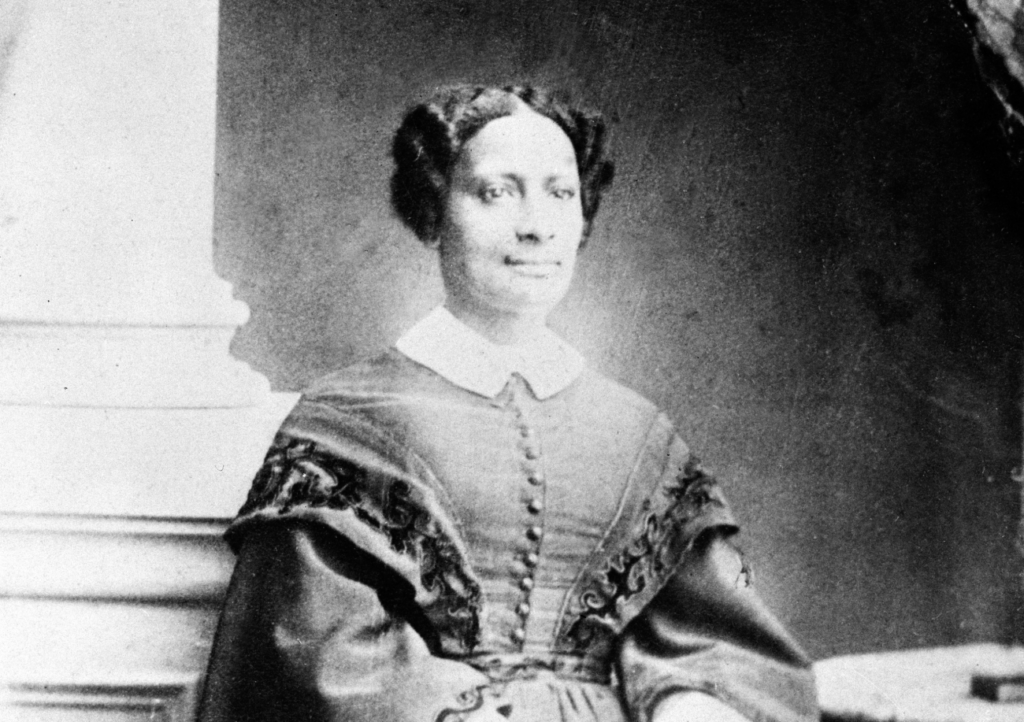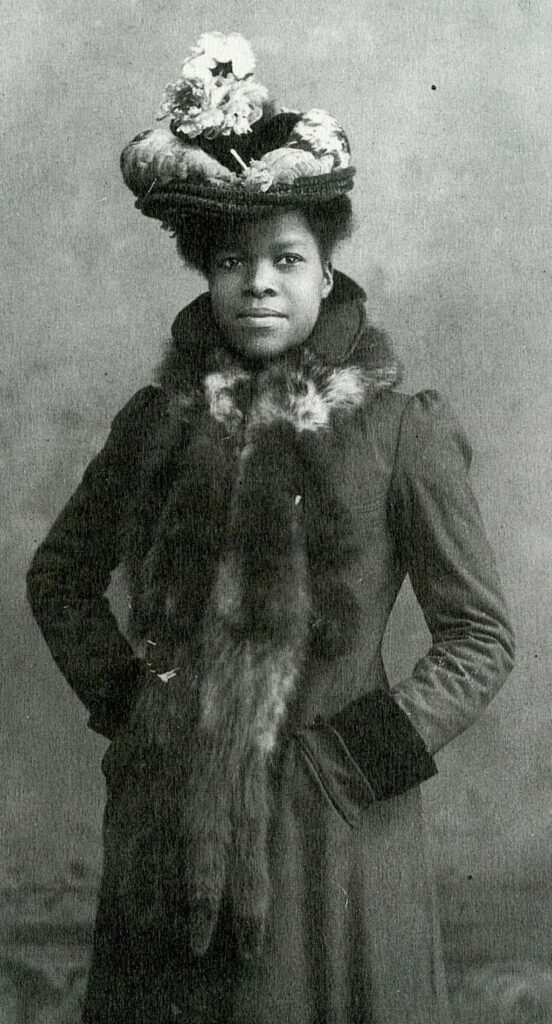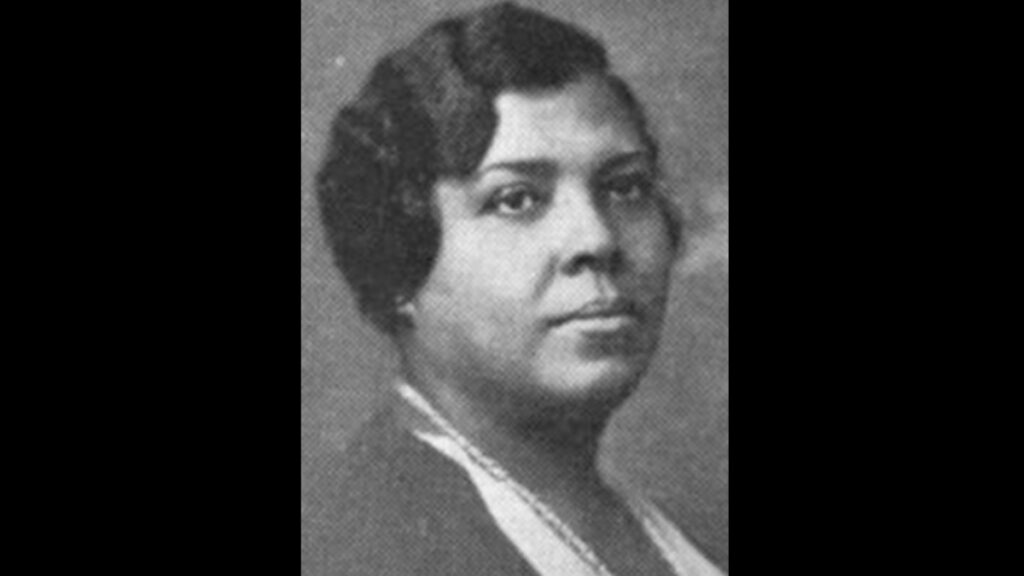
Archuleta is an author, poet, blogger, and host of the…
Women’s History Month tends to be overrun with tributes to white women who fought for the vote. It’s also the perfect time to highlight how many Black women did the same at the intersections of other causes.
An often unspoken difficulty with Women’s History Month is that it paints a rosy all-women-matter version of the women’s rights movement, as if white women have consistently been on board with fighting for equal rights for us all when historically that has not been the case. For instance, research suggests approximately 40 percent of Southern slaveowners were white women. Far from being damsels in distress, many white women were just as guilty of maintaining the chattel slavery system as their white husbands, fathers, brothers, sons, and nephews.
Women’s suffrage is the right of women to vote in elections. At the beginning of the 18th century, voting laws changed to allow women to vote. Liberal political parties would go on to grant women the right to vote. Several generations of woman suffrage supporters lectured, wrote, marched, and lobbied to achieve what many Americans considered a radical change in the Constitution — guaranteeing women the right to vote.
It was in the late 19th century that Black Americans and white women found themselves with a common struggle of inequity and, as a result, worked to amend the Constitution to include rights originally preserved exclusively for white men. The following are just a few of the Black women that led this charge.

After delivering her first lecture in Liverpool, England, in 1859, Sarah Parker Remond began honing her skills speaking out against slavery in the Northeast United States and Canada. With the approach of the Civil War, she urged Europeans to lend their support to the North and to enslaved people in the South. During this time, she also decided against returning to the United States. In 1867, she moved to Florence, Italy, studied medicine at the Santa Maria Nuova Hospital School, and practiced medicine there for more than 20 years.

Margaretta Forten was a Black abolitionist and suffragist and worked as a teacher for nearly thirty years. During the 1840s, she taught at a school run by Sarah Mapps Douglass; in 1850 she opened her own school. Forten supported the women’s rights movement, touring and giving speeches in favor of women’s suffrage, as well as helping obtain signatures for petition drives. She was forced to take absences from school several times due to illness but remained a teacher and dedicated advocate of social reform until her death.

Harriet Forten Purvis, sister of Margaretta Forten, was a founding member of the Philadelphia Female Anti-Slavery Society and for many years the chief organizer of the annual Anti-Slavery Bazaars held in Philadelphia. She was also a supporter of the women’s rights movement, abolitionist and suffragist who was a member of the American Equal Rights Association and then the National Woman Suffrage Association.

Mary Church Terrell was a writer, suffragist, educator, activist, and co-founder of the National Association of Colored Women. She served as the organization’s first president. During her tenure as president, from 1896 to 1901, Terrell became a well-known speaker and writer in the United States and overseas. She supported the women’s suffrage movement, even as segregationists tried to exclude Black women from the cause. In 1898 and 1900, Terrell attended the biennial meetings of the National American Woman Suffrage Association (NAWSA), where she stressed that Black people had to confront sexual and racial barriers. During a visit to Germany in 1904, she presented a speech to the International Council of Women entirely in German.
A member of the Republican Party, Terrell worked as president of the Women’s Republican League in Washington, D.C. She also accepted an appointment from the Republican Party to direct a program for Black women. At the same time, Terrell served on Washington’s Board of Education in an unpaid position from 1895 to 1901, and again from 1906 to 1911. In 1909, she signed the charter that established the National Association for the Advancement for Colored People (NAACP).

Despite the absence of a college degree, Nannie Helen Burroughs sought a teaching position in Washington, D.C. When she did not receive it, she moved to Philadelphia, Pennsylvania, and became associate editor of The Christian Banner, a Baptist newspaper. She returned to Washington, D.C. where, despite receiving a high rating on the civil service exam, she was refused a position in the public school system. Burroughs advocated for the rights of Black people, particularly women. She helped found the National Association of Colored Women with Mary Church Terrell, was appointed by President Hoover to chair a special committee on housing for Black people, and acted as a key figure in the network of Black suffragists in the D.C. area. Burroughs was also an early and committed supporter of Martin Luther King, Jr. and the civil rights movement.

Born August 9, 1884, in Reading, Pennsylvania, Daisy Elizabeth Adams Lampkin became one of the most highly-acclaimed Black women of her time. While Lampkin is best known for becoming the first woman to be elected to the national board of the NAACP, she spent much of her life rallying for racial and gender equality.
Lampkin’s social and political activism began after graduating high school. After migrating to Pittsburgh, she worked as a motivational speaker for housewives and organized women into consumer protest groups. In addition, as an active member of the Lucy Stone Women’s Suffrage League and the National Suffrage League, Lampkin rallied for women’s right to vote. Understanding the challenges specific to Black women, she also became involved with the National Association for Colored Women (NACW), and was later named national organizer and chair of the executive board.
For over thirty years, Lampkin was an enthusiastic member and officer for the NAACP. Throughout her years of service with the organization, she increased membership and gave speeches throughout the United States.
What's Your Reaction?
Archuleta is an author, poet, blogger, and host of the FearlessINK podcast. Archuleta's work centers Black women, mental health and wellness, and inspiring people to live their fullest potential.






